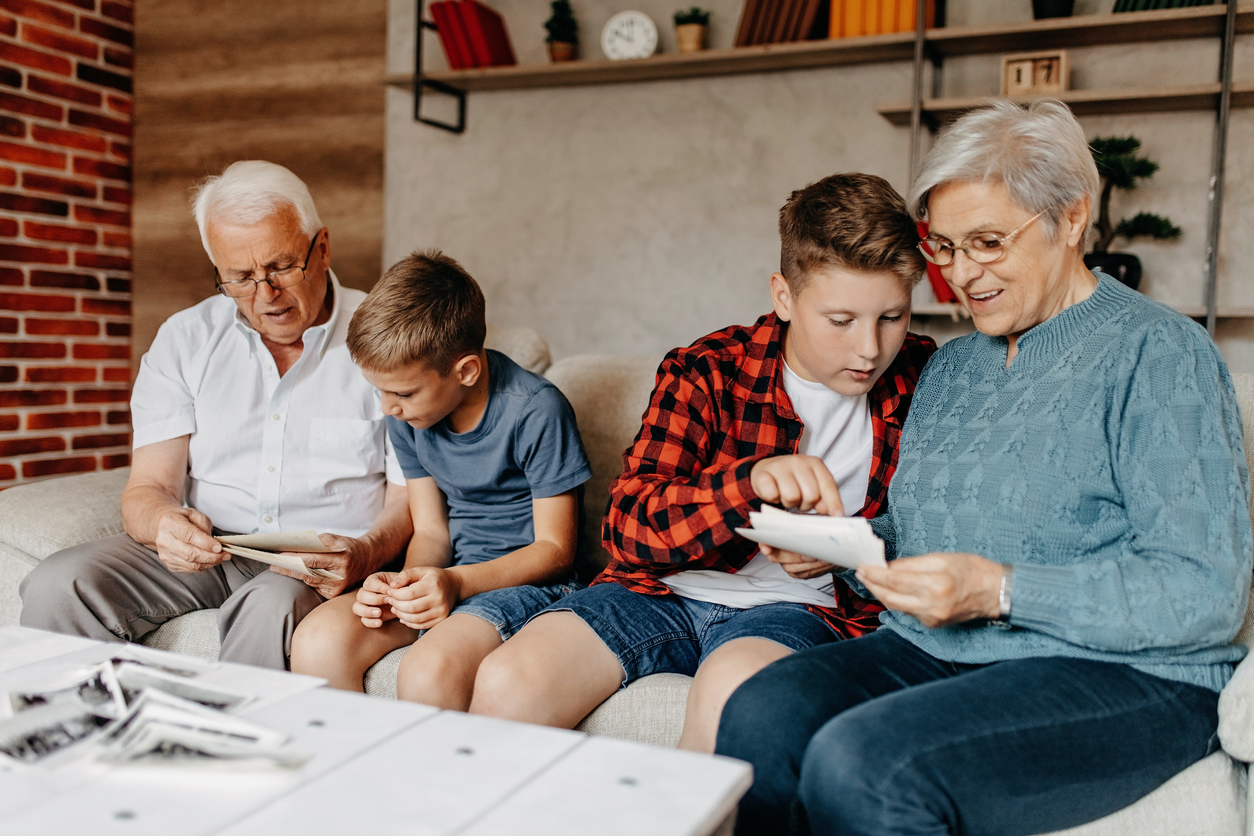The Language of Us
Doris Falidis-Nickolas’ poetry beautifully captures love, loss, and remembrance, offering comfort to...

 Search...
Search...

Funerals are a significant part of human culture and a way to pay respects to those who have passed away. Living funerals are distinct from traditional funerals, as they allow individuals to celebrate life while they are still living. In this article, we'll explore the concept of living funerals, how they work and what people do at these heartfelt gatherings.
A living funeral is a meaningful and unconventional event held while a person is still alive. Unlike traditional funerals, which are solemn occasions meant to honour the deceased, living funerals focus on celebrating the person's life and sharing heartfelt moments together. These gatherings provide an opportunity for individuals to express their feelings, gratitude and love to someone who is aware of the event, making it a unique and uplifting experience.
Celebration of life: the primary aim of a living funeral is to celebrate the person's life and the positive impact they've had on others.
Closure and healing: it provides an opportunity for the individual and their loved ones to express their feelings, resolve conflicts and achieve closure.
Memory creation: it allows the person to participate in the creation of their own lasting memories and experiences, ensuring they are a part of the celebration.
Reflection: living funerals encourage participants to reflect on their own lives, fostering gratitude and a renewed sense of purpose.
RELATED ARTICLE: Why and when to have a life celebration
Communication: it's crucial to communicate openly with the person who the event is being held for. Discuss their wishes, the guest list, and any specific elements they want to include.
Choose a date and location: select a date and location that holds significance for the individual. This could be their home, a park or any place they cherish.
Invitations: send out invitations to friends and family members who wish to be part of the celebration.
Themes and activities: consider incorporating meaningful themes and activities into the event, such as sharing stories, playing music or showcasing art created by the person being celebrated.
Living funerals are highly personalised events and the activities and rituals can vary widely.
Here are some common elements:
Storytelling: participants often share anecdotes and stories that highlight the person's character, achievements and positive influence. This can be a deeply moving and emotional experience, fostering a sense of togetherness.
Letter reading: loved ones may read heartfelt letters expressing their appreciation and love. These letters provide a lasting record of the impact the person has had on their lives.
Entertainment: music, poetry, and other artistic expressions are often integrated into the event. The individual may even have a chance to showcase their talents or passions.
Interactive activities: living funerals may include activities that represent the person's hobbies or interests, such as gardening, cooking or crafting.
Symbolic gestures: some living funerals incorporate symbolic gestures, like lighting candles, releasing balloons or planting a tree to represent the continued growth of their influence.
Open dialogue: an essential aspect of living funerals is open dialogue. It allows participants to discuss their feelings, resolve any conflicts and strengthen their connections.
Celebration of life video: many living funerals feature a video presentation that showcases the person's life journey, memories and significant moments.
Living funerals offer a unique and meaningful way to express appreciation, create lasting memories and find closure. They promote open communication and allow individuals to bond more deeply with their loved ones. This process can be transformative, providing a sense of peace and connection that is often difficult to achieve through traditional funerals.

RELATED ARTICLE: Embracing life: 5 ways to be happier no matter how old you are
Bringing something meaningful and thoughtful to a living funeral can be a touching way to express your love, appreciation and support for the person being celebrated. While there are no strict rules, here are some ideas on what you can bring to a living funeral:
Personal letters or notes: handwritten letters expressing your feelings, memories and gratitude are incredibly heartfelt and can be cherished by the person being celebrated.
Photographs: a photo album or a collection of memorable pictures can evoke fond memories and create a visual journey through the person's life.
Symbolic gifts: consider bringing a gift that holds special meaning, such as a piece of jewellery, a book or an item that represents a shared interest or memory.
Plants or flowers: bringing a potted plant or flowers can symbolise growth and life. They can be planted in the person's honour, ensuring they continue to thrive.
Art or creative expressions: if the person being celebrated is an artist or has a particular passion for a creative hobby, consider bringing or showcasing their artwork or creative projects.
Music or poetry: share a song, poem or piece of writing that holds significance for both you and the person being celebrated. It can add a beautiful, emotional layer to the event.
Memory book: create or contribute to a memory book, where guests can write down their memories and well-wishes. This book can be a cherished keepsake for the individual.
Food or a dish: if the living funeral includes a meal or gathering, bring a dish that the person enjoys or that has significance to your relationship.
The key is to bring something that reflects your relationship with the person and your genuine appreciation for their life. Regardless of what you choose to bring, the most important thing is that it comes from the heart and helps create a meaningful and a heartfelt experience for everyone involved.
Living funerals are an emerging and impactful way to celebrate life, foster deep connections and find closure. These unique events prioritise the living and create opportunities for heartfelt expressions of love and appreciation. While they come with emotional challenges and logistical details to consider, the benefits of celebrating life while people are still with us are immeasurable. Living funerals are a beautiful and personal way to honour the importance of our loved ones in our lives.